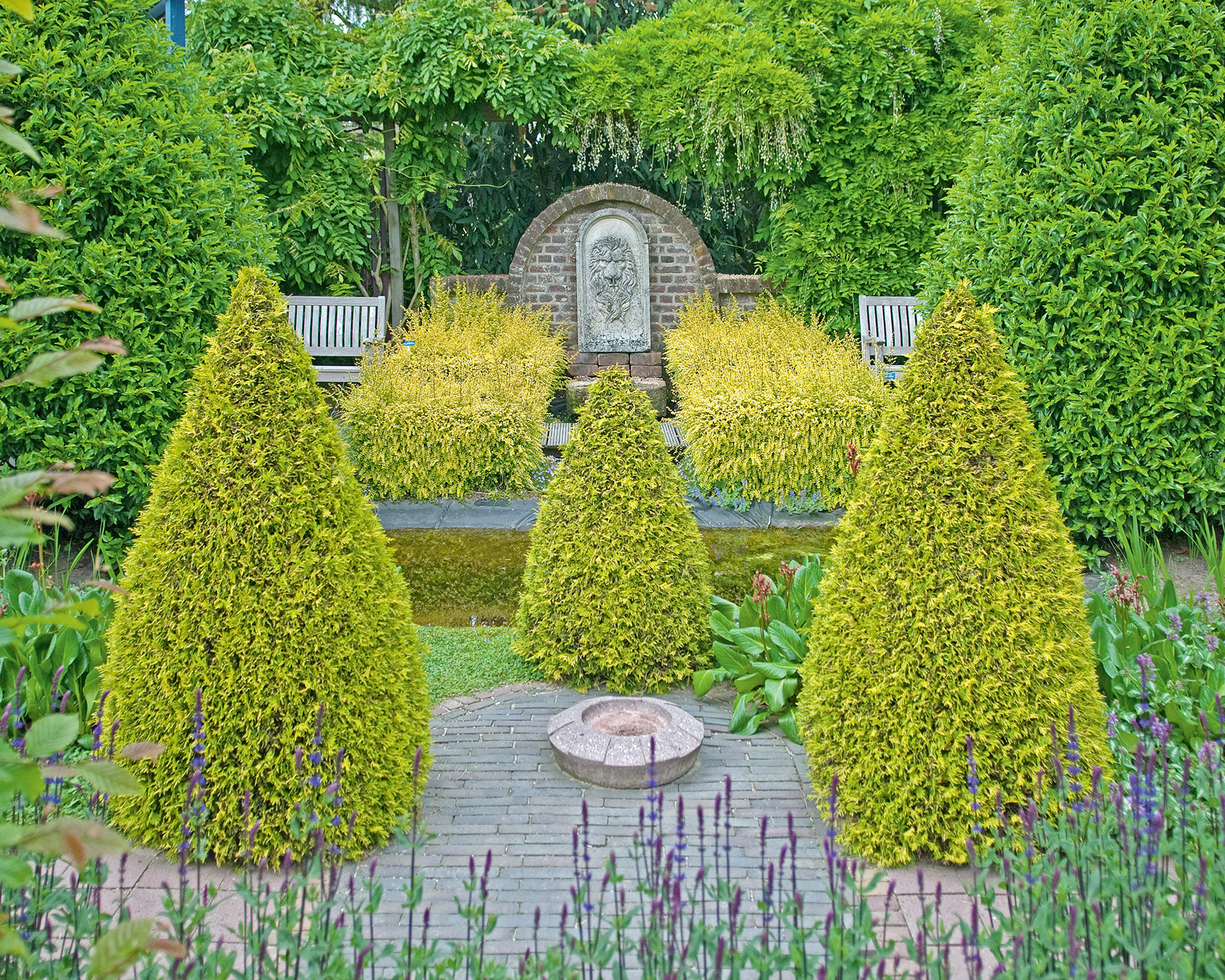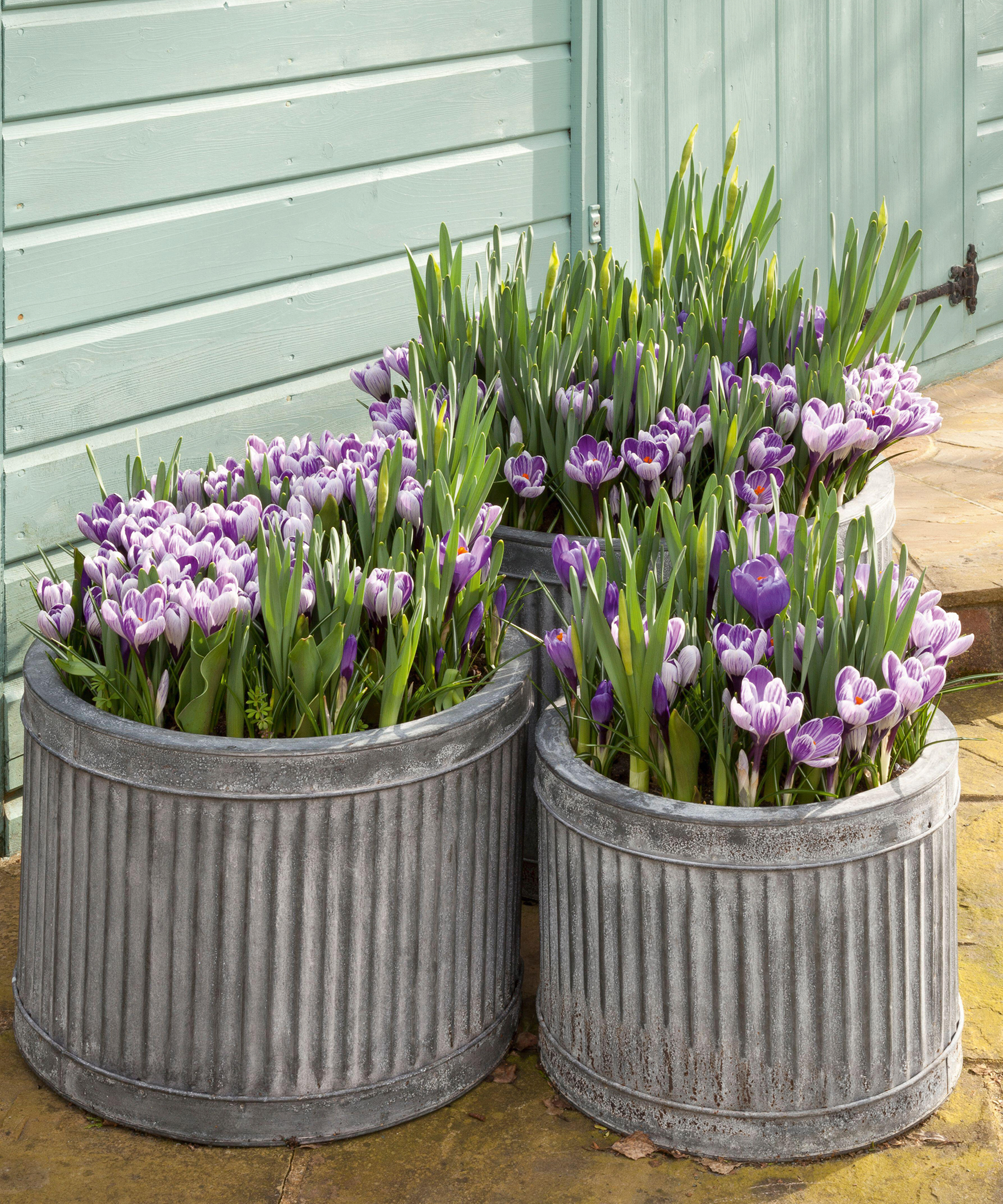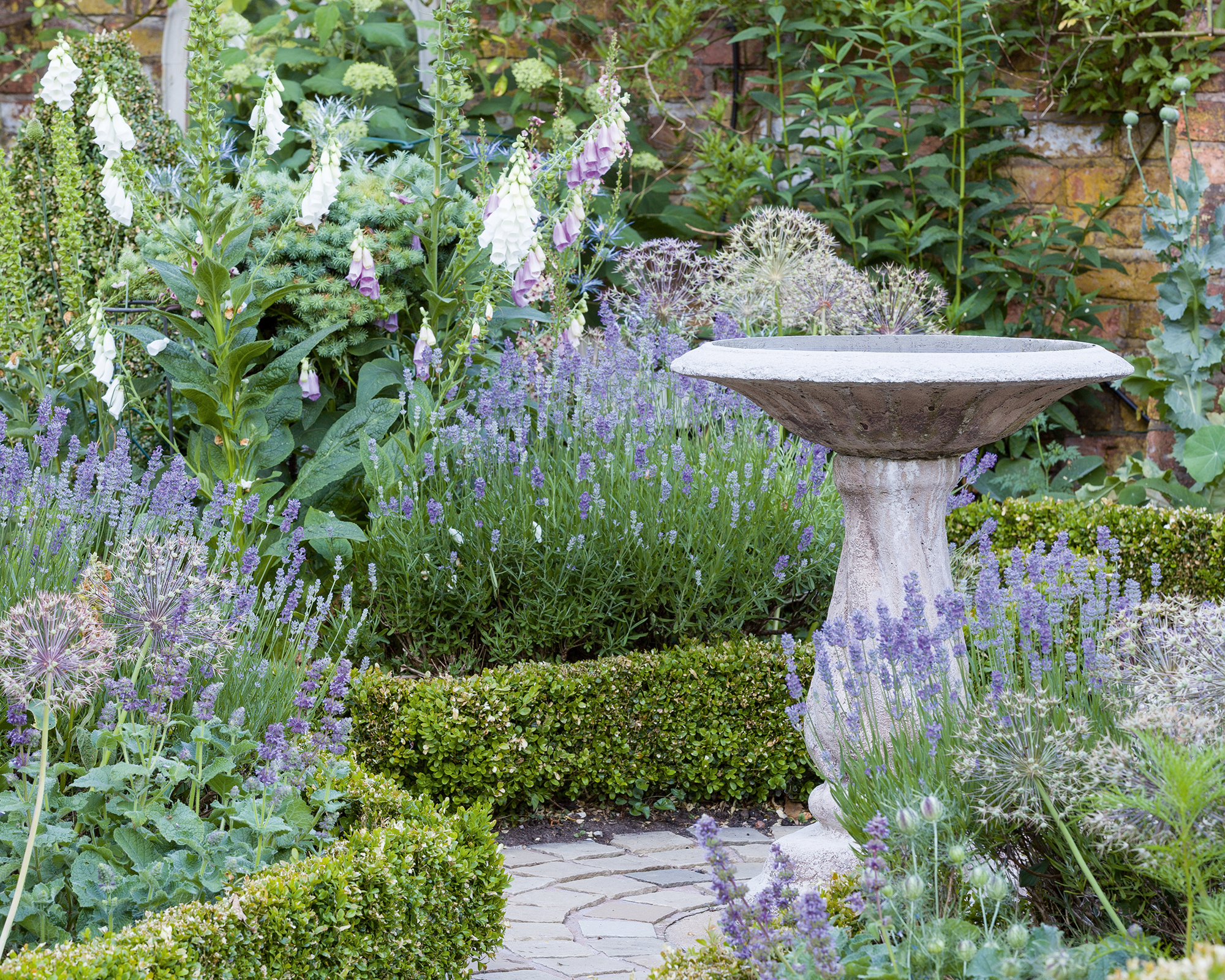Elevate Your Garden With The Rule Of Three: A Pro Landscaping Trick For Stunning Designs
Create a more professional look in your garden by using the Rule of Three in beds, borders, and pots to create a natural space that keeps the eye interested.


Melanie Griffiths
The Rule of Three is a garden makeover design trick used by professional landscapers to create more natural, flowing garden spaces.
It could be called the Rule of Five, Seven, or even Nine because the rule is actually about planting in repetition in odd numbers. Most people prefer the look of garden beds, borders, and planters containing an odd number of plants.
The rule can be applied to any space – include it in your small front yard landscaping ideas or backyard landscaping on a budget. It can be applied to one bed or even just one area of a bed, as well as in container gardening schemes.
Depending on the size of the area you’re planning, you might only need three plants. For bigger areas, you’ll need more, but the idea is to still stick with odd rather than even numbers of total plants.
The Rule of Three is a good general rule to follow, but there are also reasons to break it.

Why do Pros Use the Rule of Three?
Professional landscapers usually adhere to this rule because of the visual benefits:
- Odd numbers of plants look more natural. The eye can’t easily divide the group in half.
- Even numbers of plants look more ordered and, therefore, less natural. It’s easy to look at a group of four plants, for example, divide them in half, and see the imposed order.
- When grouped in odd numbers, plants seem to flow more from one to the next.
- Odd numbers look balanced but in a natural way. This makes it work well in a natural landscaping scheme, as it has a more established feel.
- Groups of plants in odd numbers keep the eyes moving around the space because they are more visually interesting.

Can You Use Different Types of Plants?
The Rule of Three works best with the same plants or plants that look similar. Too many differences between plants create a scattered and confused look. A garden bed, like this one from Vego Garden, should be a balance between natural and ordered. An exception to this would be a wildflower meadow.
Sign up for the Gardening Know How newsletter today and receive a free copy of our e-book "How to Grow Delicious Tomatoes".
If you’re not using the same exact plants in odd-numbered groupings, stick with plants with significant similarities. Using color is the easiest and most effective way to group plants in an attractive way. You can also use height or growth habits to group different plants. For example, three different types of ornamental grasses that grow in clumps will look natural together.

What About Using Just One Plant?
In many cases, it’s best to avoid just one plant. The exception to this is if you have a large or otherwise very visually striking plant.
A bush or tree can serve as a single specimen with smaller plants around it. Any type of plant that stands out against the rest can be planted singly.

Using the Rule With Containers
The rule is most often used with garden beds, but you can also use it to style your container garden. Three or five containers in a row look more natural and attractive than four planters. You can also stagger odd numbers of containers as you would with plants in a bed.
Consider grouping three containers that cascade down in size from large to small.

Tips for Gardening With the Rule of Three
The Rule of Three is pretty simple and easy to follow, but these tips will help you plan your best possible garden space:
- Rather than placing three or five plants in a straight line, stagger them to create a more natural look. For three plants, create a triangle. With five plants, set three in a row and two more staggered in front of them.
- If you bought an even number of plants, divide them up into groups of odd numbers. For instance, six plants can be grouped as three and three.
- For larger numbers of plants, up to 12 or 13, it no longer matters whether the number is even or odd. At these numbers, the eyes can’t easily distinguish, so careful arrangement is less important.
- Extend the rule of three to non-plant elements in the garden, like seating or landscaping rocks.

When Should You Break the Rule?
Most people prefer the natural look of odd numbers, but if you want a more formal garden or formality in specific areas, use even numbers for a symmetrical garden design.
Even numbers of plants or planters signal formality. For example, a typical element in a formal garden is an even number of even-sided beds, like four squares making up a larger square. Two plants are also useful for framing something, like a door or trellis.
If you prefer a formal garden design, ditch the Rule of Three and focus on ordered beds, lines, and even numbers in most of your garden elements.

Mary Ellen Ellis has been gardening for over 20 years. With degrees in Chemistry and Biology, Mary Ellen's specialties are flowers, native plants, and herbs.
- Melanie GriffithsEditor in Chief